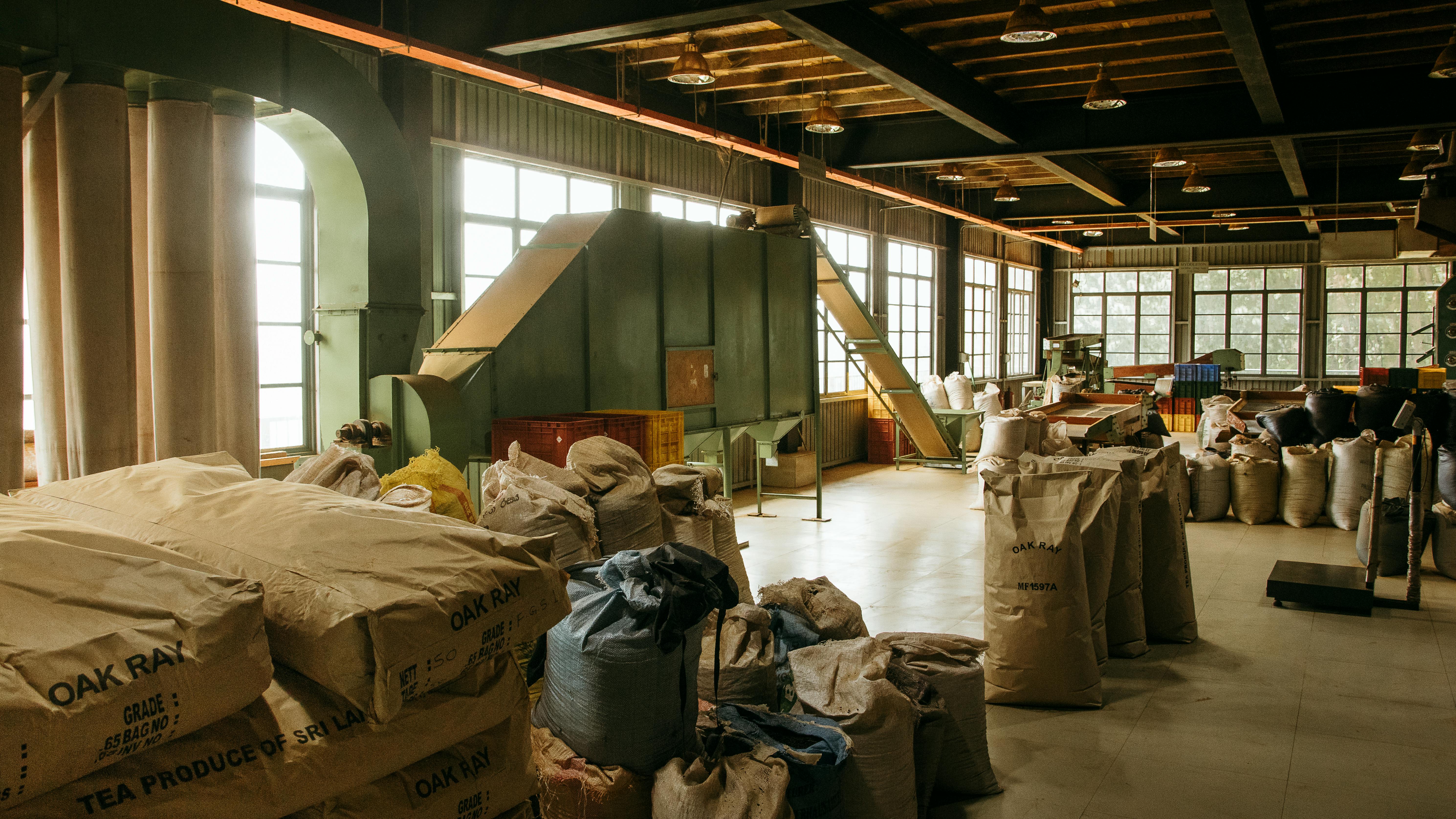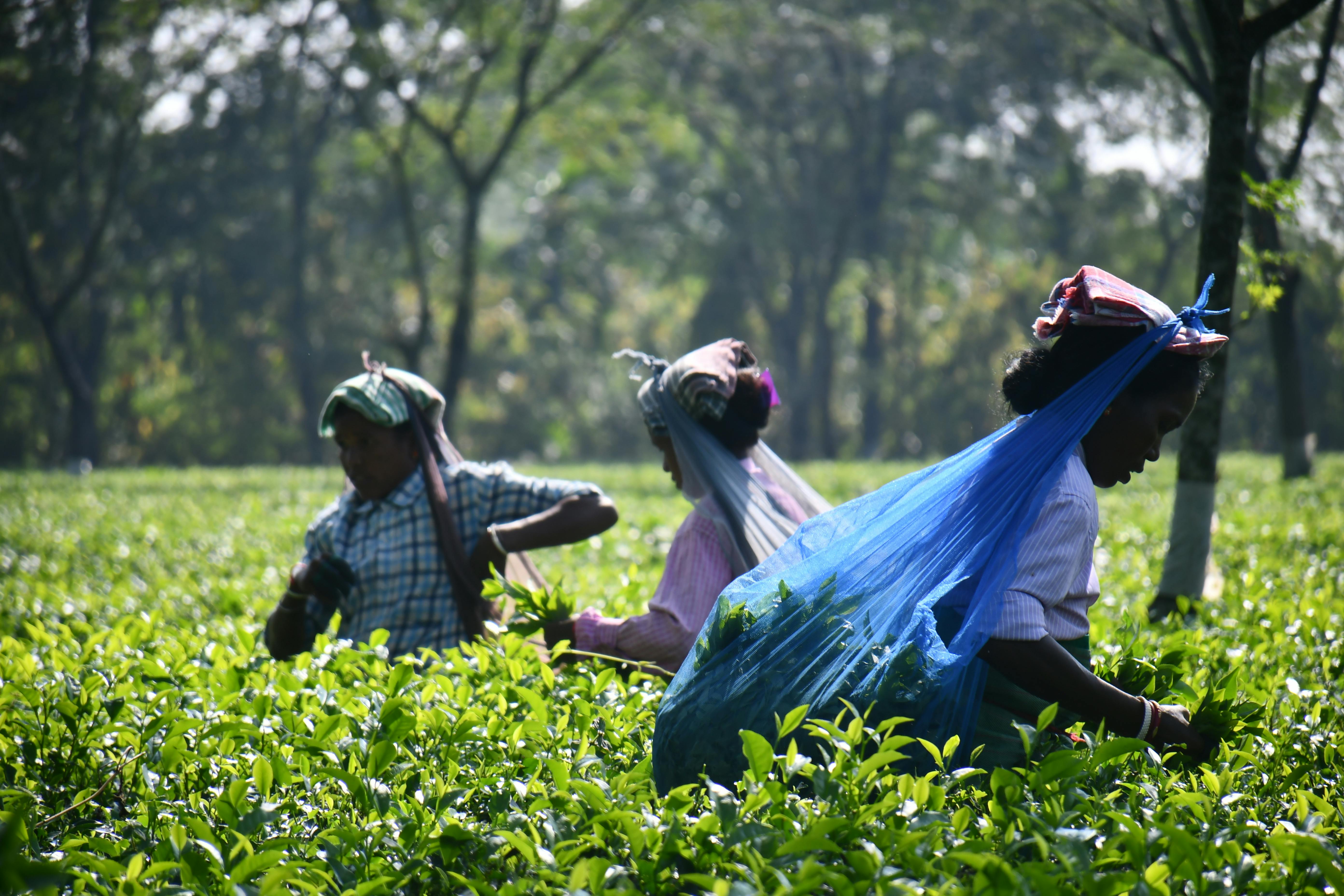Making tea without tea bags is easy and convenient. It only requires a few simple ingredients and tools that are likely already in your kitchen. In this guide, you will learn how to make tea without tea bags using fresh, loose leaf tea. With just a few simple steps, you can make a delicious cup of tea without ever needing to buy or use tea bags.Making tea without tea bags is a simple process. Begin by boiling water in a pot or kettle. Once the water is boiling, add 2 teaspoons of loose-leaf tea for each cup of water that you’re making. Allow the tea to steep for 3-5 minutes, depending on the type of tea that you are using. When the desired strength is reached, use a mesh strainer to strain the tea leaves from the liquid and then pour into a mug or teapot. Enjoy your homemade cup of tea!
Boiling Water
Boiling water is one of the most basic cooking techniques, and it can be used for many different types of dishes. Boiling water is simply the process of heating water until it reaches its boiling point, which is 212°F (100°C). When the temperature of the water reaches this point, bubbles begin to form and the liquid begins to rapidly boil. Boiling water produces steam, which can be used to cook food or sterilize utensils. It can also be used to make beverages such as coffee or tea, as well as a variety of soups and sauces. Boiling is also a great way to clean vegetables or prepare pasta and other grains for cooking.
Boiling is an easy and efficient way to cook food quickly, as it requires little preparation or cleanup afterwards. However, it’s important to remember that boiling can cause some ingredients to lose their flavor or texture, so it’s best to use this cooking technique with caution. Additionally, boiling water can also be dangerous if handled improperly – make sure you are careful when handling hot liquids!
Types of Tea Leaves
Tea is one of the most popular beverages in the world, and there are many different types of tea leaves used to make it. Each type of tea leaf has its own unique flavor and aroma, and there are a variety of teas available to suit every taste. The most common types of tea leaves used for brewing include black, oolong, green, white, and herbal teas.
Black tea is one of the most popular types of tea. It is made from fully fermented leaves that have a strong flavor and dark color. Black tea is commonly used to make traditional British teas such as English Breakfast and Earl Grey. Oolong tea is semi-fermented leaves that have a light color and sweet flavor. It is often used for teas consumed in China and Taiwan such as Iron Goddess Oolong or Oriental Beauty Oolong.
Green tea is made from unfermented leaves that have a light grassy flavor with subtle floral notes. It is popular in Japan where it is known as Sencha or Matcha. White tea comes from young unopened buds that have a delicate texture and light flavor with notes of honey or melon. Herbal teas are not actually “tea” but rather an infusion of herbs and spices like chamomile or peppermint that do not contain caffeine but may offer other health benefits such as aiding digestion or promoting relaxation.
No matter what type of tea you prefer, you can find something to suit your palate among the numerous types of tea leaves available today. Whether you prefer strong black teas for breakfast or delicate green teas for afternoon refreshment, there’s sure to be something that tickles your fancy!
Preparing Tea Leaves
Tea leaves must be prepared before brewing in order to release their full flavor. The best way to prepare tea leaves is to use a traditional tea strainer or infuser. This will allow for even steeping of the tea and will ensure that all of the tea flavors are released into the water. To prepare the tea leaves, first measure out the desired amount of tea into the strainer or infuser. Place the strainer into a teapot or teacup, then add hot water and steep for the desired amount of time according to instructions on the package. After steeping, discard any remaining tea leaves in the strainer and enjoy your cup of freshly-brewed tea!
It is also important to note that some types of tea may require different amounts of preparation than others. For instance, some green teas may require more time for steeping compared to black teas, while some herbal teas may not need to be steeped at all. Be sure to read up on how best to prepare each type of tea before brewing in order to get the most out of your cup!
Steeping the Tea Leaves
Steeping tea leaves is an art that requires patience and technique. The first step in steeping is to measure the tea leaves, as different types of teas require different amounts of leaves. For example, a teaspoon or two of oolong or green tea leaves should be used for one cup of water, while black tea may require a tablespoon or two. Once the proper amount of tea has been measured, the leaves should be placed in a teapot or infuser. After that, boiling water should be poured over the tea leaves and allowed to steep. The length of time required for steeping will depend on the type and quality of the tea being used; it usually takes between three and five minutes for green teas, while black teas may need up to ten minutes. It is important to allow enough time for steeping so that all of the flavor and aroma can be extracted from the tea leaves. Once steeped, it is best to pour out any remaining water in order to prevent over-steeping and bitterness from developing in the cup. Enjoying a freshly brewed cup of tea is one of life’s simple pleasures!

Straining the Tea Leaves
Strainer is an important tool when it comes to brewing tea. It helps to separate the tea leaves from the liquid so that you don’t end up with a cup full of leaves. There are several types of strainers available, from traditional mesh strainers to more modern infusers. Each type of strainer has its own advantages and disadvantages, so how do you choose the right one for your needs?
The first step is to decide which type of tea you are going to be making. Different types of tea require different types of strainers, so it’s important to know what type you’re using before selecting a strainer. For example, green and white teas need a finer strainer than black teas, while rooibos can usually be strained with any type of strainer.
Once you know which type of tea you’re brewing, it’s time to consider the size and shape of your strainer. Mesh strainers are generally circular or oval in shape, while infusers can come in almost any shape imaginable. The size will depend on how much tea you plan on brewing at once: a larger mesh strainer will be better suited for larger batches while smaller ones are better for individual servings.
The material used to make the strainer is also important. Most strainers are made from stainless steel or plastic, but there are other materials available such as bamboo and silicone. Steel is more durable and usually easier to clean than plastic, but it can also be heavier and more expensive. Plastic strainers tend to cost less but may not last as long as steel ones.
Finally, consider how much maintenance your strainer needs before buying one. Mesh strainers require more upkeep since they need to be cleaned regularly; however, infusers often just need a quick rinse after each use and don’t require any additional maintenance. This makes them much easier to use in the long run if convenience is a priority for you.
Ultimately, choosing the right strainer depends on what type of tea you’re brewing and what your preferences are when it comes to size, material, and ease of maintenance. With so many options available these days, there’s sure to be something that fits your needs perfectly!
Sweetening the Tea
There are many different ways to sweeten tea. While sugar is the most common, there are other options available that can add a unique flavor to your tea. Honey is a popular choice for sweetening tea, as it adds a subtle flavor that complements the natural flavor of the tea. Agave nectar is another great option for those looking to avoid refined sugars. Maple syrup and stevia are also popular choices that provide sweetness without adding any additional calories. For those looking for an even more unique flavor, you can try adding spices like cardamom or cinnamon to your tea. No matter what type of sweetener you choose, it’s important to remember that a little bit goes a long way when it comes to sweetening your tea. Too much sweetener can overpower the flavors of the tea and make it too sweet. Experiment with different types of sweeteners and find out what works best for you and your tastes!
Adding Milk or Cream to the Tea
Adding milk or cream to tea is a popular option for those who prefer a creamy, flavorful beverage. Milk and cream can be added directly to the tea or poured into a cup of tea after it has been brewed. Adding milk or cream to tea can also be beneficial for people who are lactose-intolerant, since it can help increase the absorption of nutrients from the tea.
When adding milk or cream to tea, it is important to use whole milk or heavy cream, as these will provide more flavor and a richer texture than skimmed milk. It is also important to remember that adding too much milk can make the tea overly creamy and diminish the flavor of the tea itself.
It is also possible to add other ingredients such as honey, sugar, or spices to enhance the flavor of the tea when adding milk or cream. These additional ingredients should be added before brewing for best results. Adding honey will give the tea a sweet taste while adding sugar will make it sweeter still. Adding spices such as cinnamon or nutmeg can help bring out some subtle flavors in certain types of teas.
Overall, adding milk or cream to your cup of tea can be an enjoyable experience if done correctly and with care. Taking time to measure out how much milk you need and selecting high-quality ingredients will ensure that you get a delicious cup of flavorful tea every time!

Conclusion
Making tea without tea bags is a great way to have your favorite cup of tea, even when you don’t have any tea bags. It can be done in three simple steps: gathering the ingredients, boiling the water, and adding the herbs or spices of your choice. The benefits of making tea this way are that it can be made with all-natural ingredients, customized to suit any taste, and it’s more cost-effective than buying pre-made bags. Whether it’s for a special occasion or just because you want to take a break from your regular cup of tea, making your own without using teabags is an easy and enjoyable task.
Making tea without teabags will also save you time and energy when it comes to clean up. You don’t need to worry about dealing with extra waste or filters since there is no need for them when working with loose leaf herbs or spices. This makes this method of making tea both eco-friendly and convenient at the same time. So next time you’re looking for a quick and easy way to make your favorite cup of tea without any fuss, try making it without using teabags!
